These Locally Grown Design Ideas Were Created by the People for the People
A Cooper Hewitt exhibition spotlights the innovative and sustainable designs generated by those in search of solutions
While the bruising 2016 election has kept attention on how leaders in Washington, D.C. will address issues such as health care or climate change, a new exhibition looks at these concerns from a more bottom-up, community-focused perspective.
How individuals, organizations and communities find solutions to improve the local environment, provide resources to those in need, and inspire other communities to follow suit is the subject of a current show “By the People: Designing a Better America,” on view through February 26, 2017 in New York City at the Cooper Hewitt, Smithsonian Design Museum.
The exhibition, the third in a series on sustainable design, spotlights 60 projects across the country, from a fine arts center for recent immigrants to Texas to a series of murals promoting mental well-being among Philadelphians.
The show, organized by Cynthia E. Smith, the museum’s curator of socially responsible design, considers six principles “live, act, save, share, learn and make.” Over a two-year period of field research, Smith traveled to small rural towns and urban centers, paying particular attention to areas impacted by natural and man-made disasters and those suffering economic difficulty. The disparate projects, covering ideas and potential solutions for expanding access to education, food, health care and housing pay tribute to the myriad ways individuals and communities are fostering greater social and environmental responsibility.
The Fresh Moves Mobile Markets, for example, converts unused Chicago city buses into produce markets that can bring fresh food to “food deserts,” or places without access to supermarkets. For “health care deserts,” where communities lack access to doctors and other clinicians, the exhibition showcases Firehouse Clinics, a model developed in Alameda County, California, where walk-in clinics are placed on the grounds of fire stations.
“Firehouses are trusted institutions in these communities, they know people and the locals know them,” says John McGill, an associate at the architecture firm WRNS Studio, which developed the design along with GLS Landscape Architecture, in collaboration with Alameda County Health Care Services Agency and Alameda County Fire Department.
McGill emphasized that this way of providing preventative and primary care to low-income areas could be easily expanded to areas throughout the country. “It’s also much cheaper than trying to build a whole new hospital,” he says. “It’s a community-based solution that leaves a light footprint.”
Projects aimed at providing access to learning and information, such as D.C. Neighborhood Libraries, in which local branches in underserved neighborhoods of the Washington, D.C. area, were rebuilt to include new civic spaces, where community gatherings and events can be held. On the other side of the country, Public Access 101: Downtown Los Angeles, a system of urban trails, encourages Los Angelenos to explore their local habitats.
In Starkville, Mississippi, the SuperUse Pavilion is an adaptive reuse project, spearheaded by Mississippi State University architecture professor Hans Herrmann, that reclaimed an abandoned gas station and turned it into a 600-square-foot public event space and museum. Its green rooftop provides a vegetation-rich habitat for birds and insects and absorbs carbon dioxide, improving local air quality.
“Everybody was happy to see the original fueling station gone,” says Herrmann, who worked throughout the project with the university’s Collaborative Studio and dozens of students from his architecture courses. “Now it provides a green space that demonstrates five different storm water systems.”
“Our goal is to expand the public imagination, not that it’s necessarily the solution but points to the possibility that there are other ways,” says Cameron Van Dyke, one of the cofounders of The Future People, who designed a series of human-powered vehicles, or Future Cycles, that combine elements of bicycles and automobiles.
“It’s not a project of production but of activism,” says Van Dyke. “I love cycling, but I’m not diehard enough to go for it in January.” The fully enclosed vehicle, Orbit, is an electric commuter car weighing just 250 pounds that achieves a top speed of 30 mph, recharges in 6 hours and goes for 25 miles before needing another charge.
“We had to take the attributes of bikes and cars and put them together,” Van Dyke says.
These “speculative vehicles,” along with short films and educational materials, were brought to public events such as the Detroit Auto Show and other gatherings, introducing people to how they might approach their transportation options more creatively.
Since 2005, the Owe’neh Bupingeh Preservation Project, which protects and restores dwellings in the 700-year-old Ohkay Owingeh (Place of the Strong People) Pueblo in New Mexico, has preserved 60 connected adobe homes and plazas seeking historical accuracy by consulting the community’s tribal elders and 19th-century photographs. Some of the historical materials were culled from the collections of the Smithsonian’s National Anthropological Archives. The democratic approach resulted in the decision to replace stucco with mud plaster to achieve authenticity.
“We had five years of community-based planning,” says Tomasita Duran, executive director of the Ohkay Owingeh Housing Authority. “The western world doesn’t work that way—it’s usually about revitalizing a building for a certain period. When they asked ‘what is the period of significance for these structures,’ we said ‘the period of significance is the future.’”
"By the People: Designing a Better America" is on view at the Cooper Hewitt, Smithsonian Design Museum in New York City, 2 E 91st Street (between 5th & Madison Aves.) through February 26, 2017.
/https://tf-cmsv2-smithsonianmag-media.s3.amazonaws.com/accounts/headshot/Alex_Palmer_lowres.jpg)
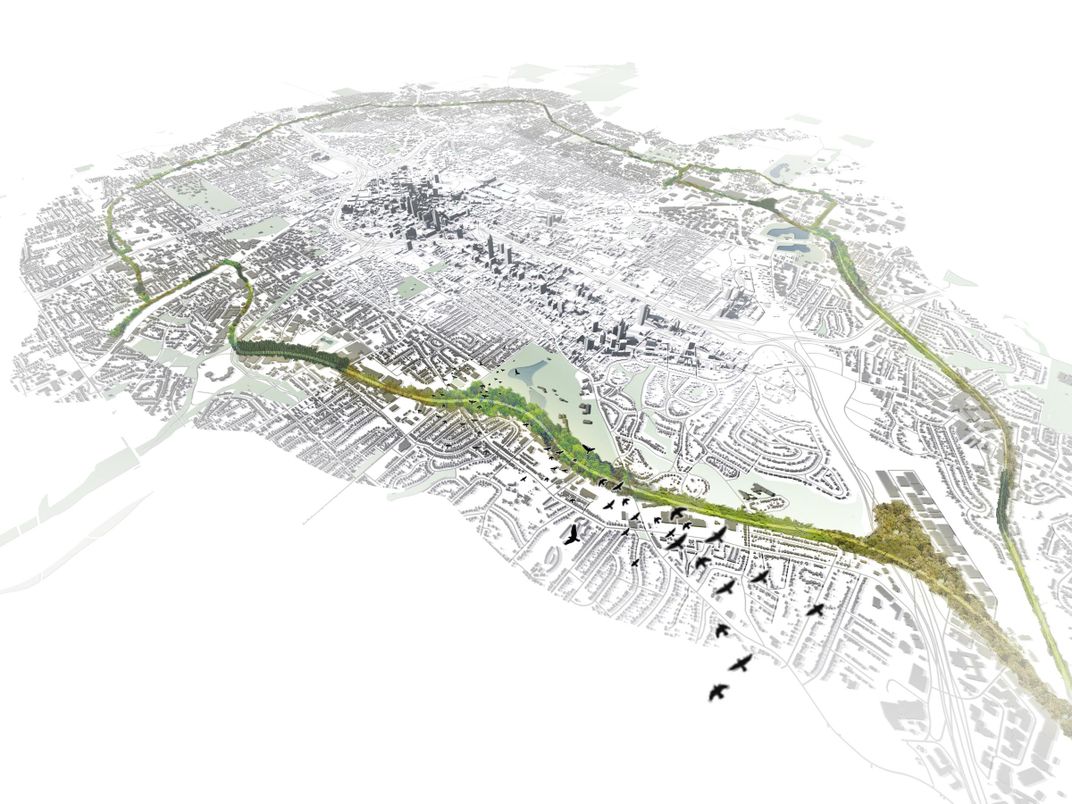
/https://tf-cmsv2-smithsonianmag-media.s3.amazonaws.com/filer/83/93/83939bf7-263e-490e-98e8-1986f82ef49c/btp_visitors_22.jpg)
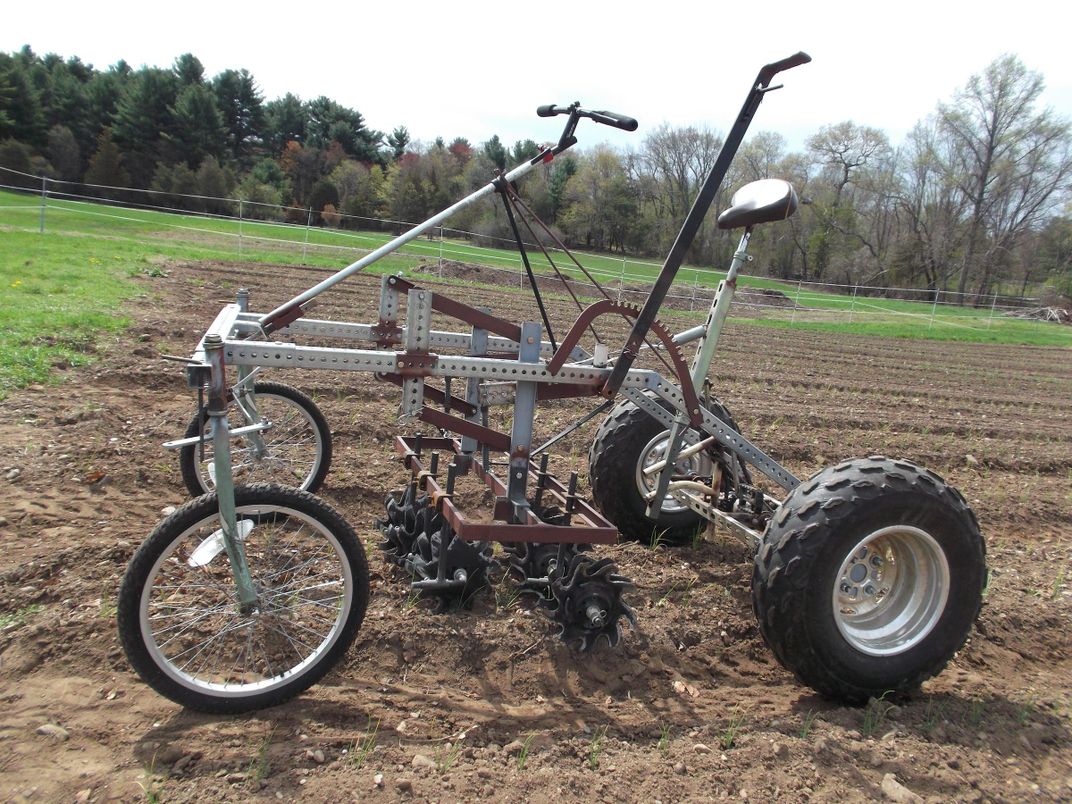
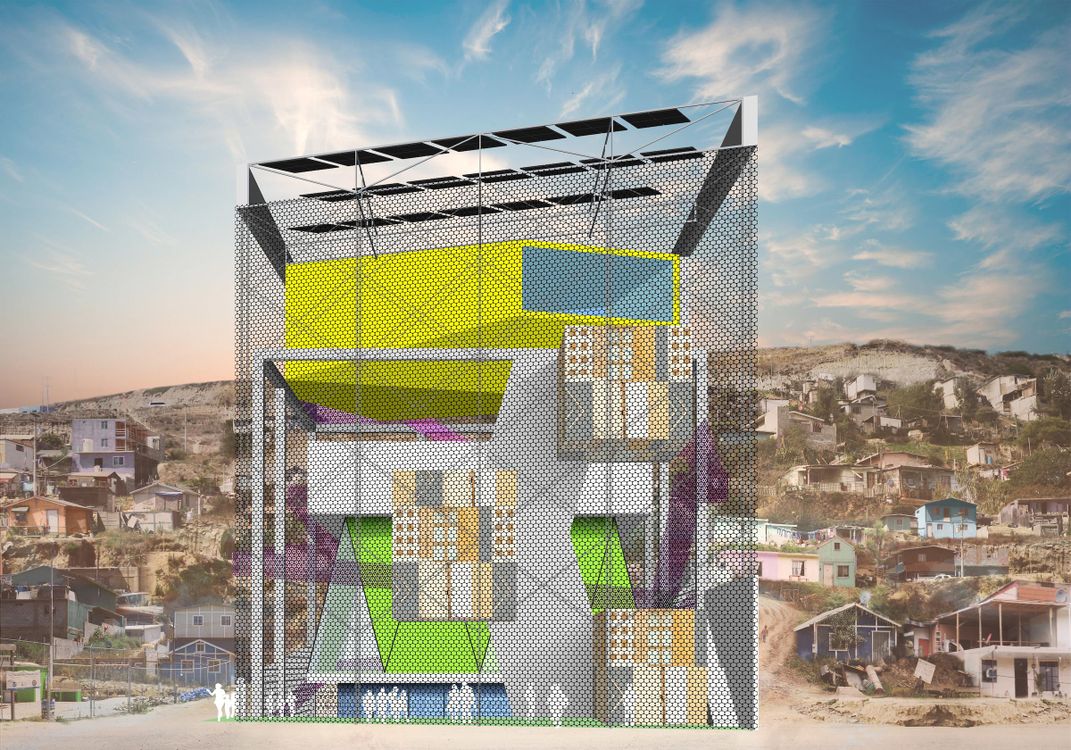
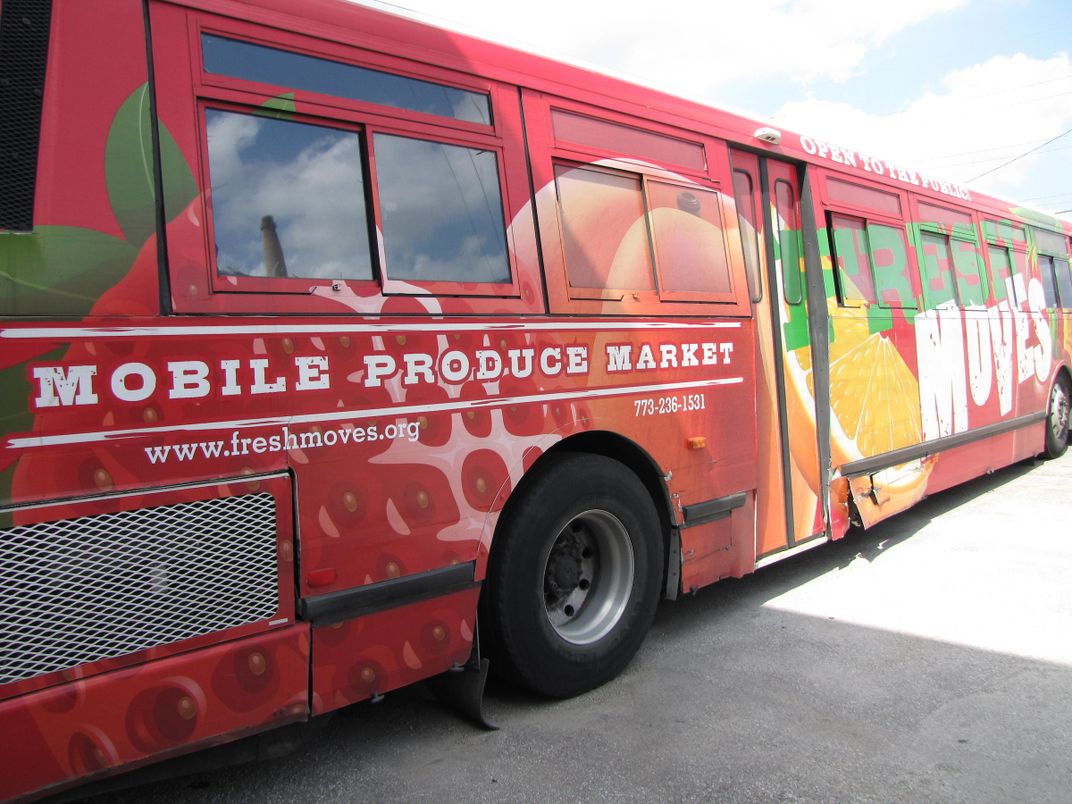
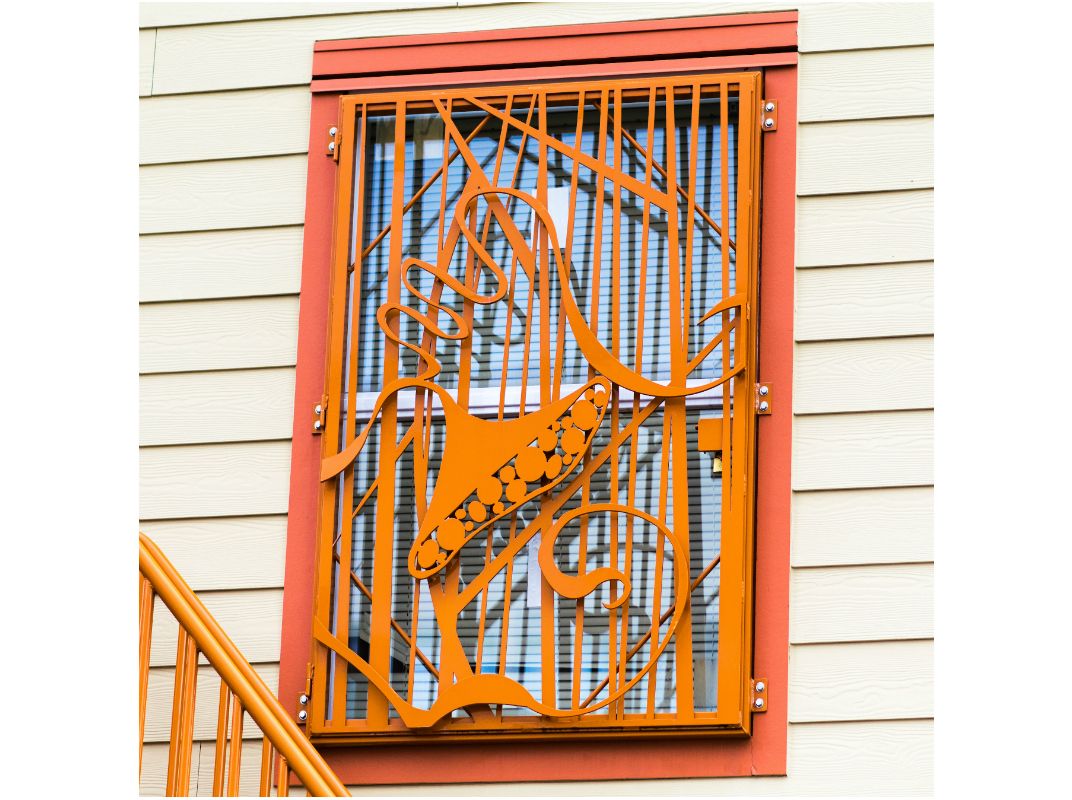
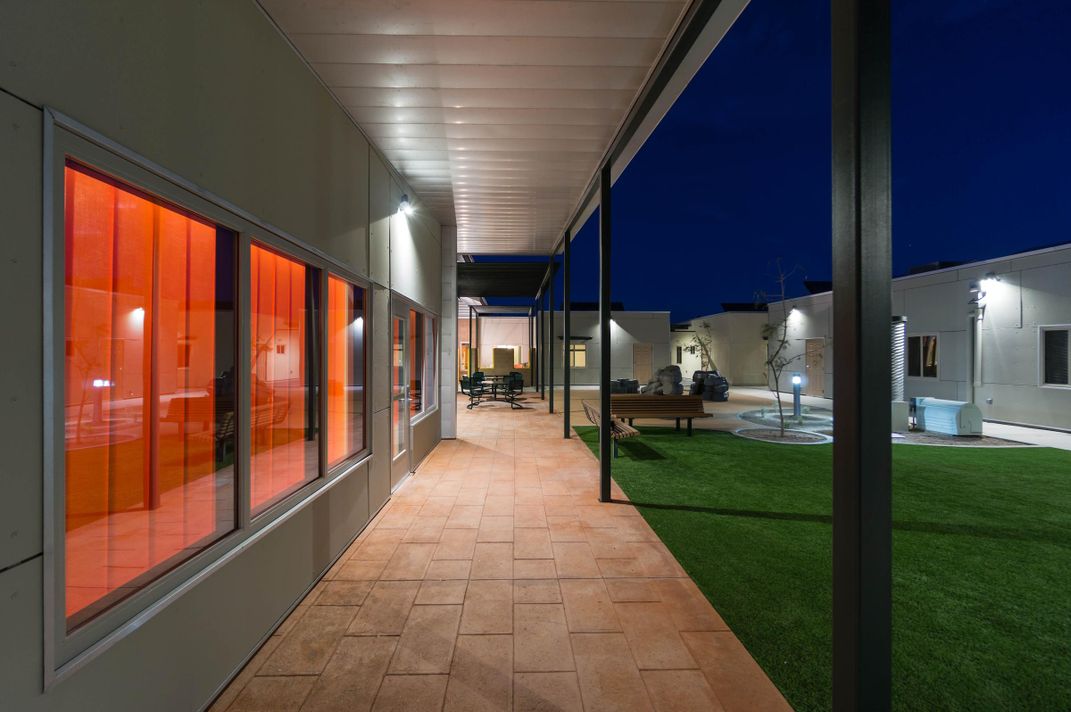
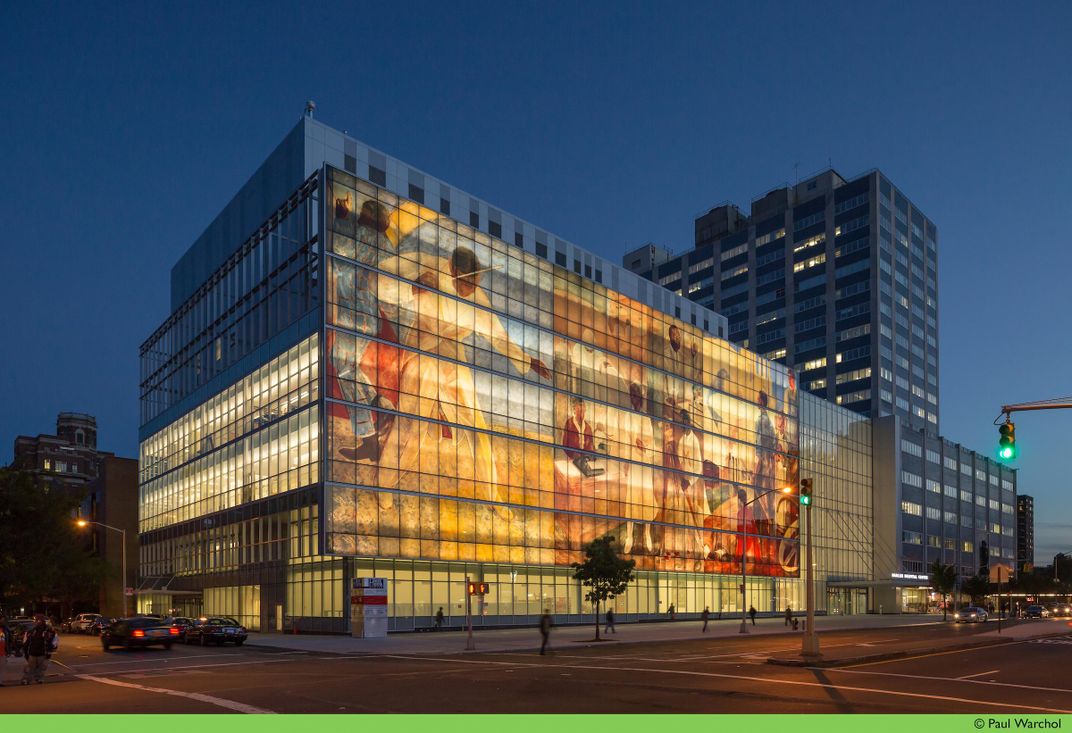
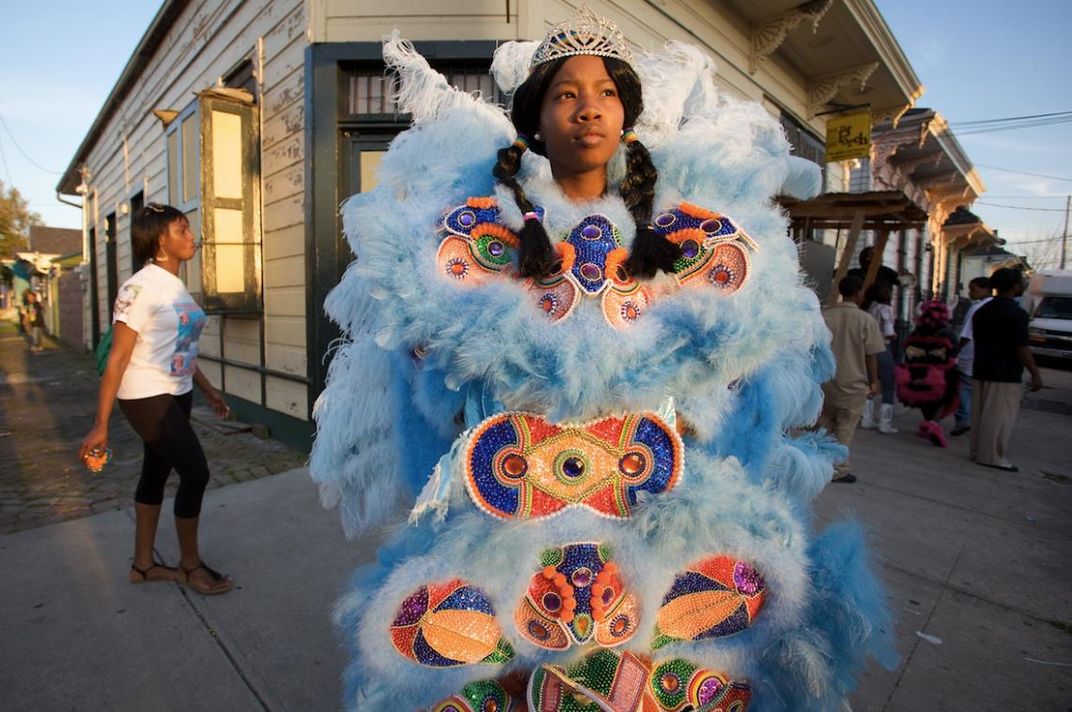
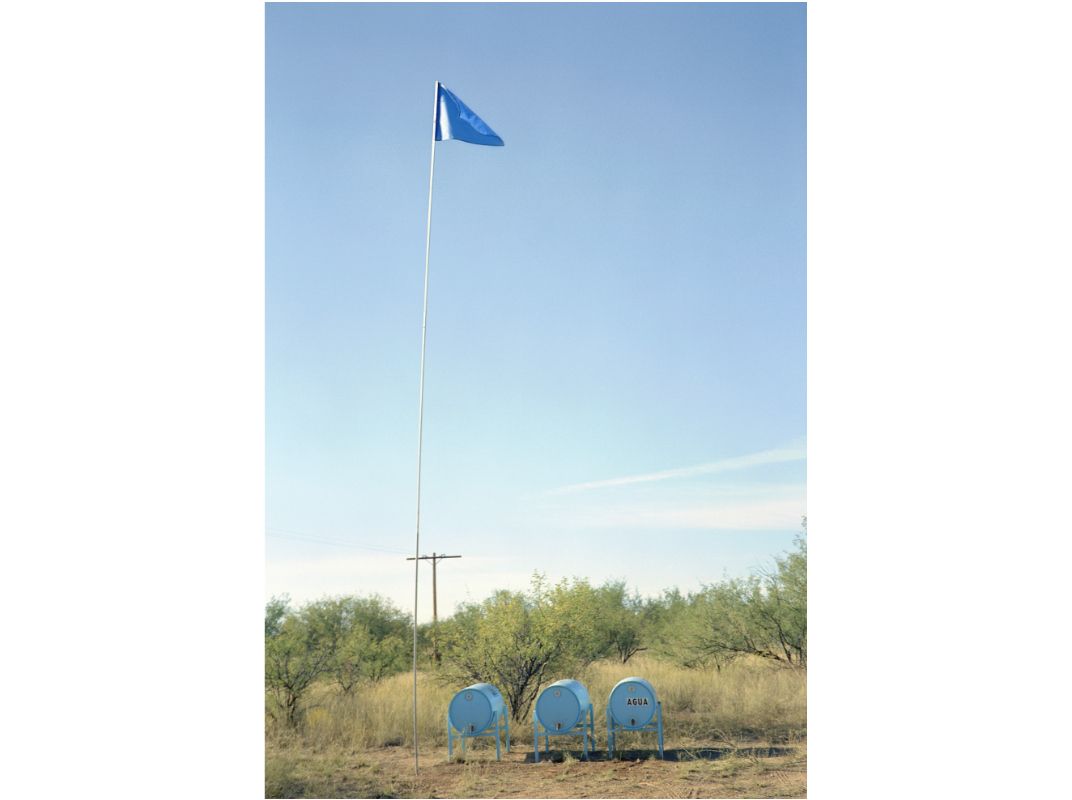
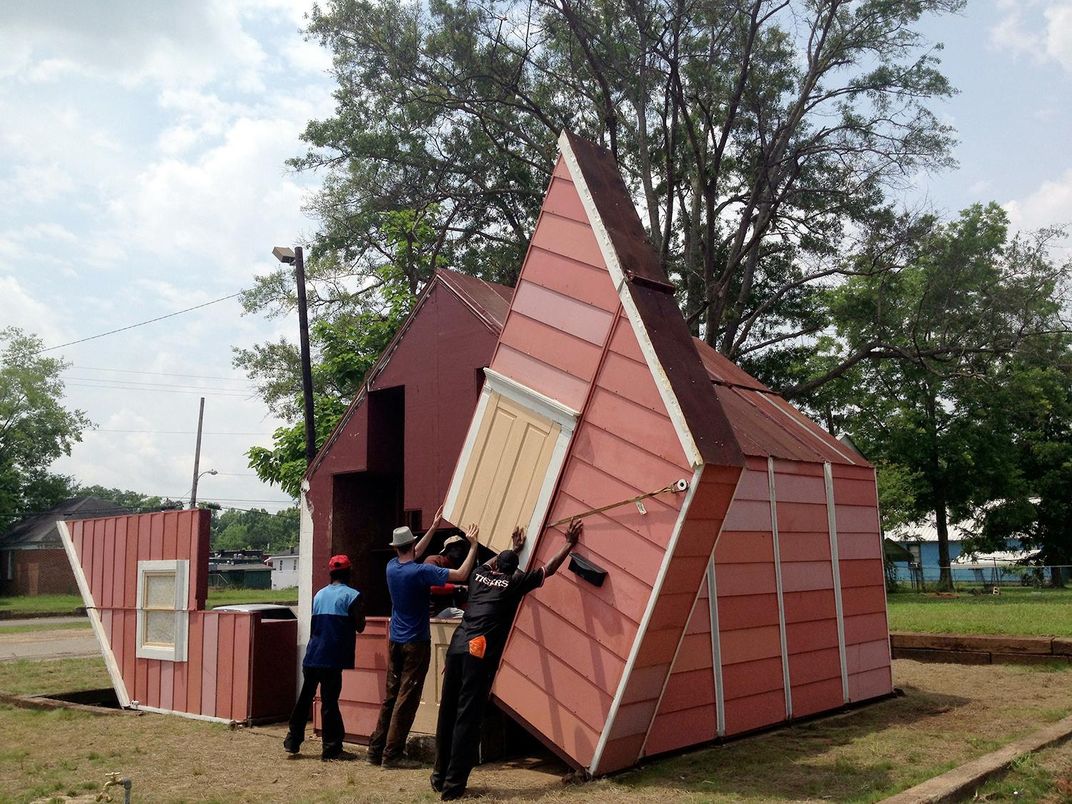
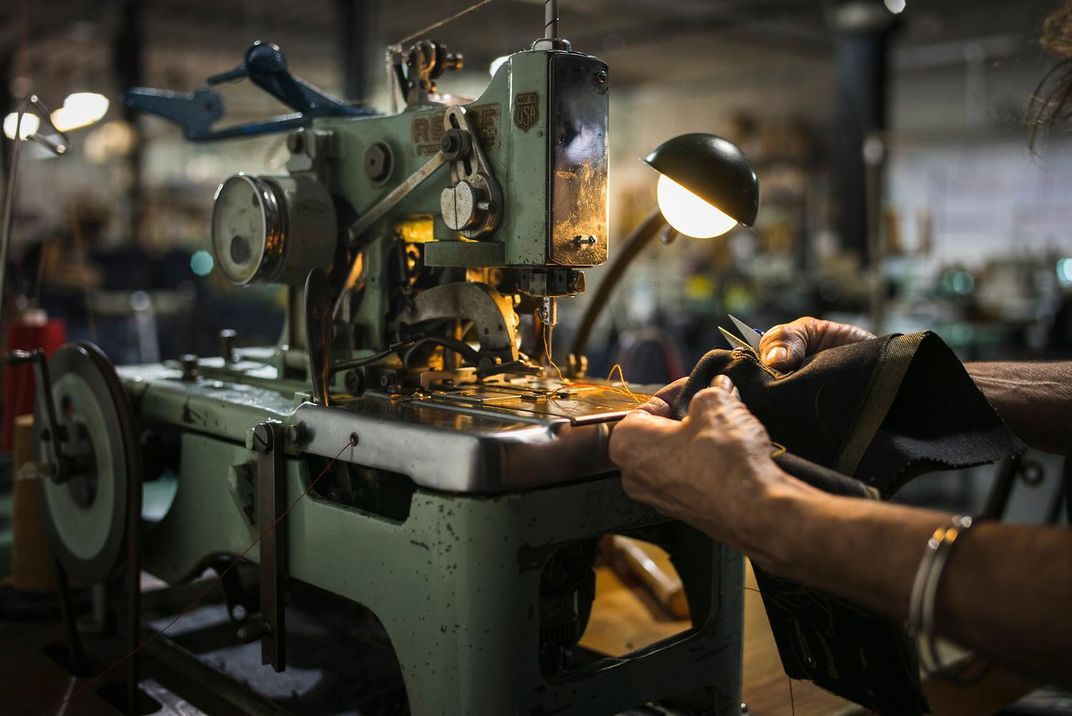
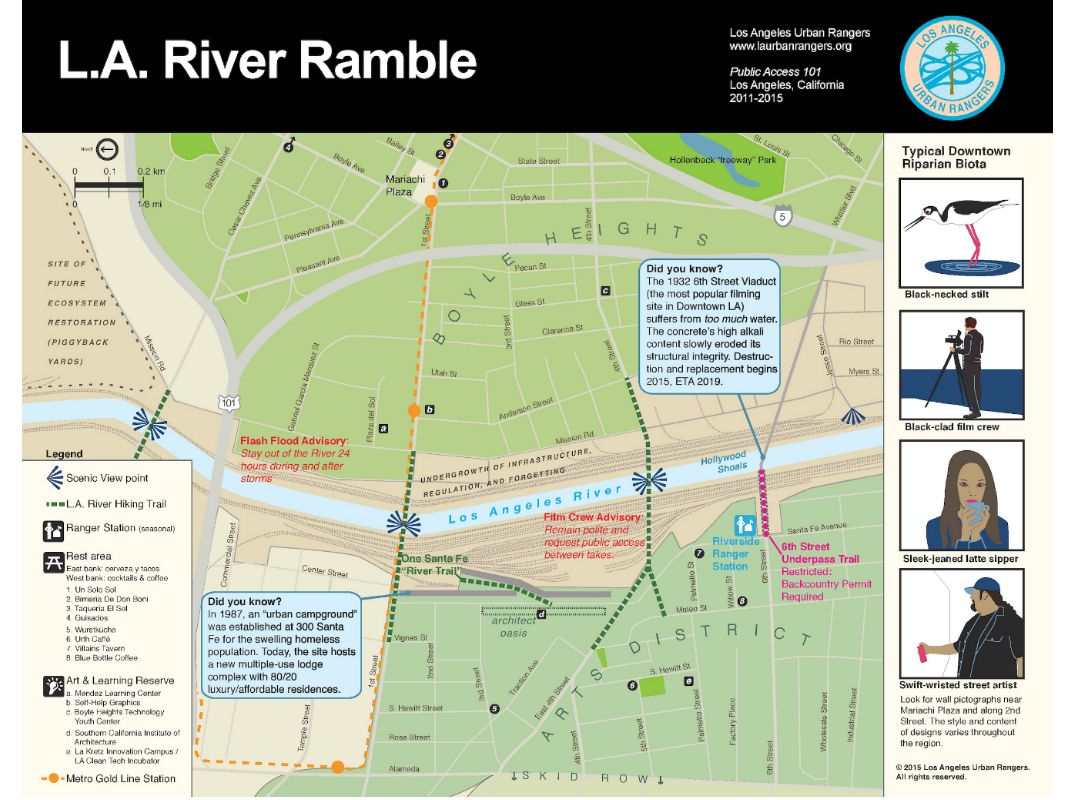
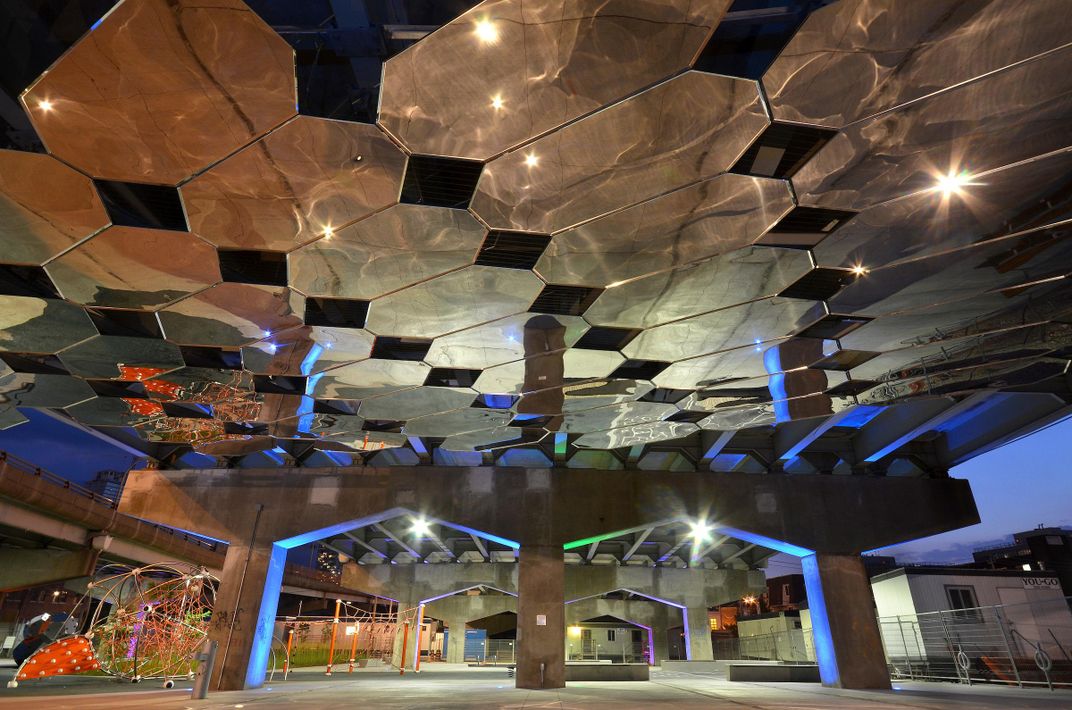
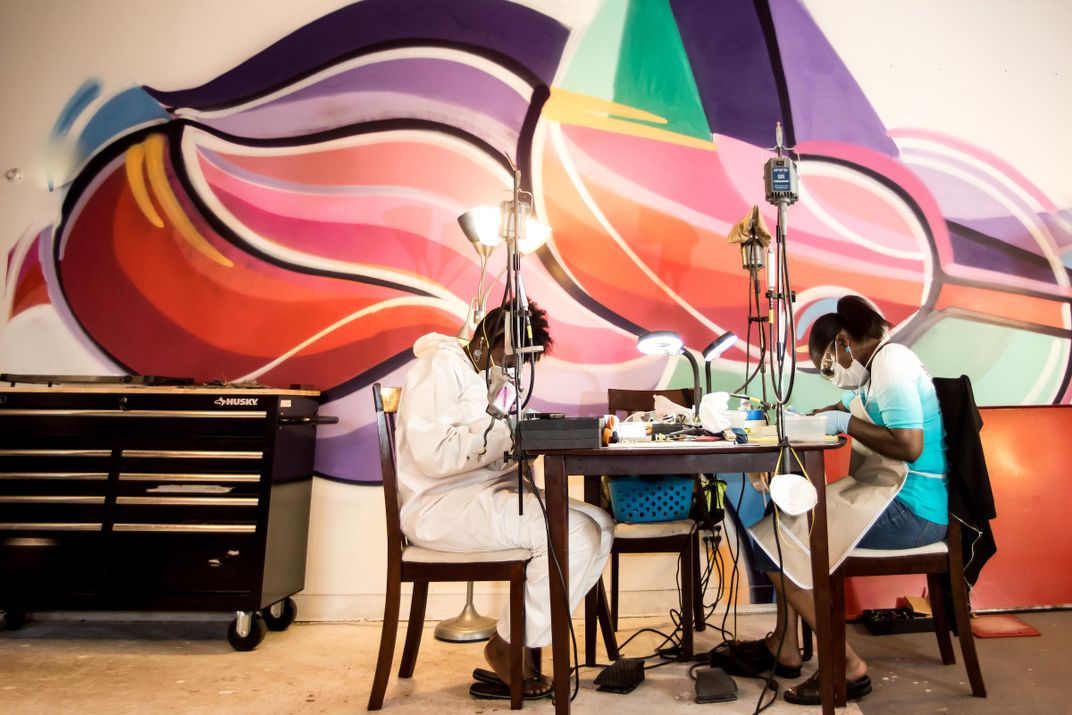
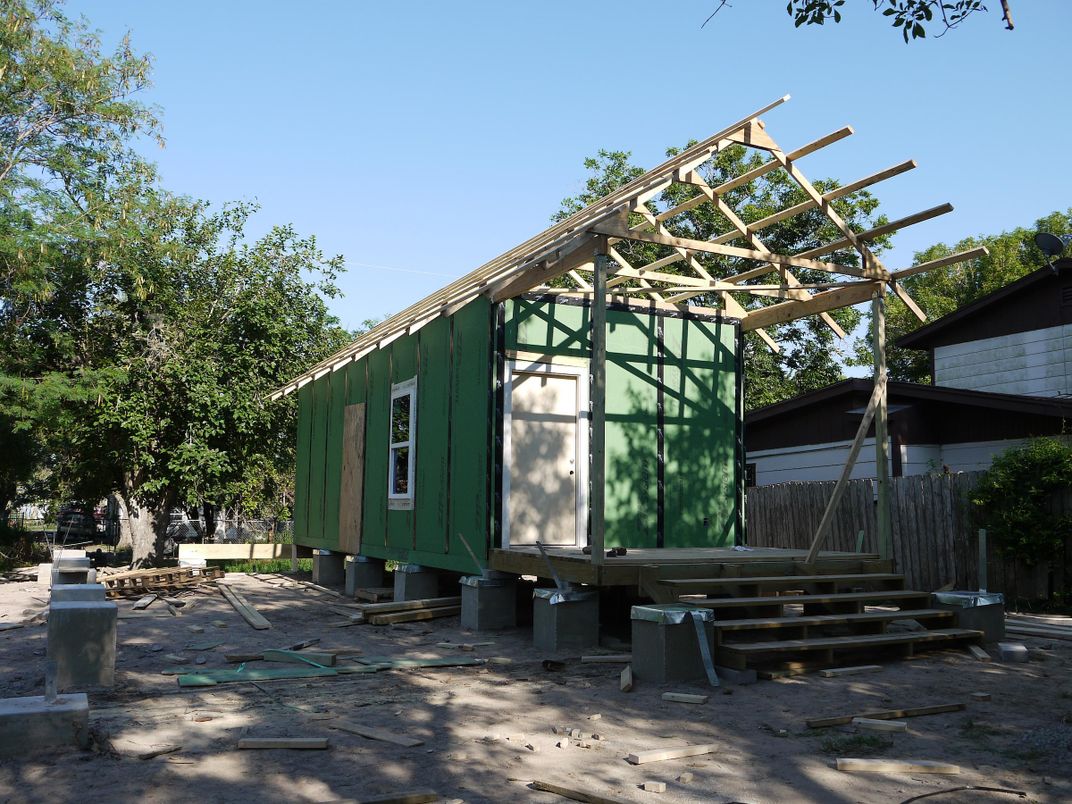
/https://tf-cmsv2-smithsonianmag-media.s3.amazonaws.com/accounts/headshot/Alex_Palmer_lowres.jpg)